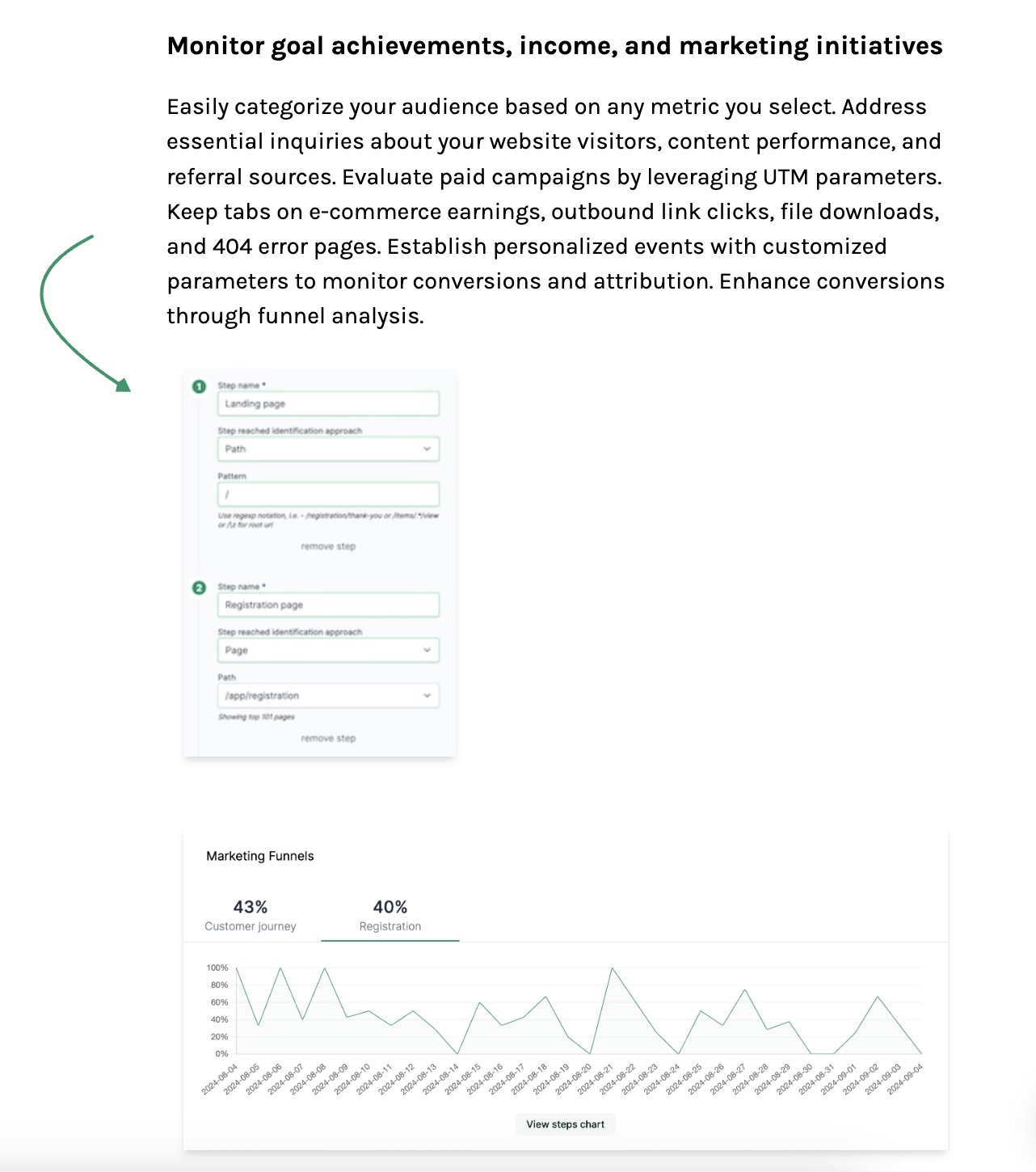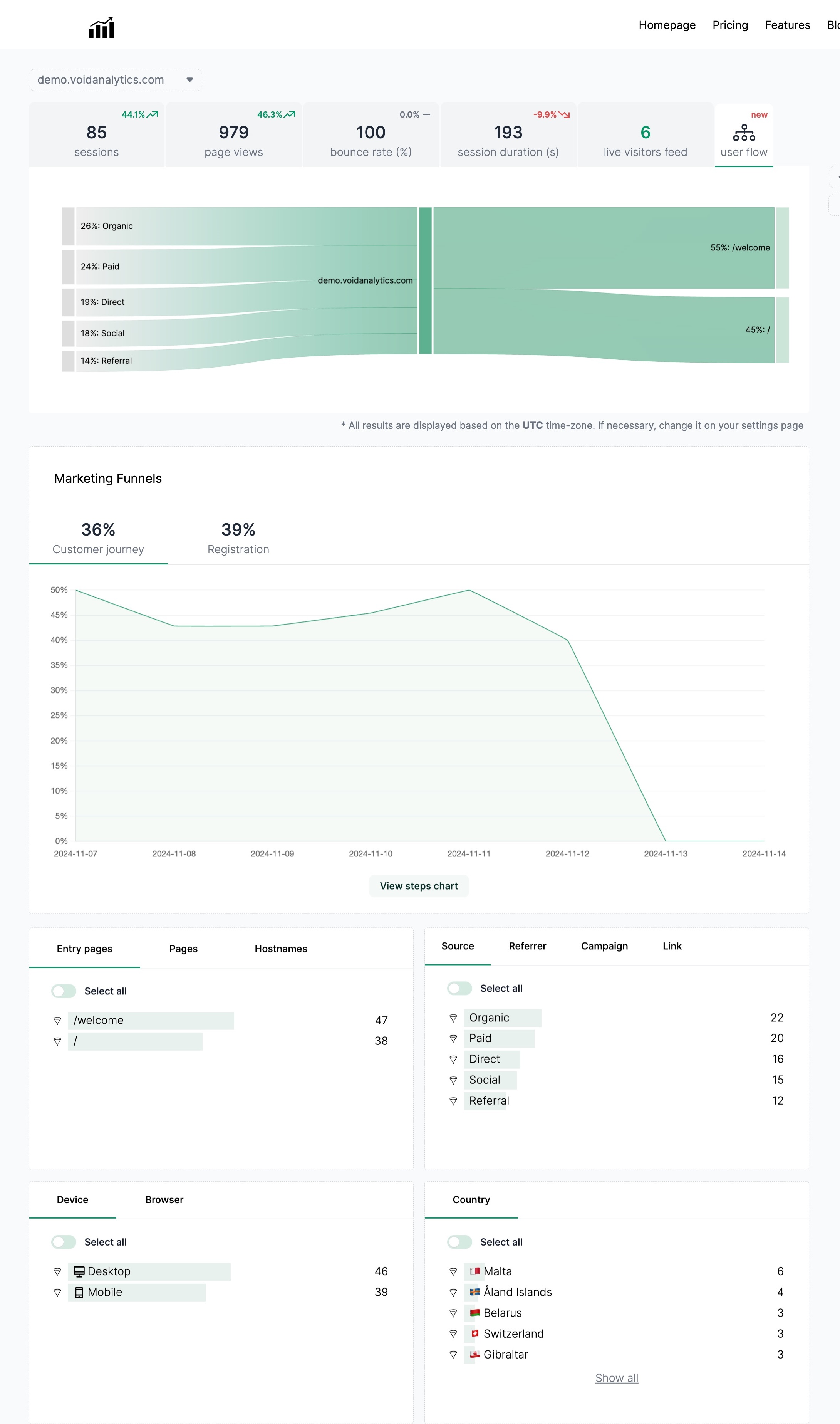Why You Should Ignore Time on Site Metrics and Choose Void Analytics Instead
Published on 2024-04-30
When it comes to analyzing website performance, many businesses rely on metrics such as time on site to gauge user engagement. However, time on site can be a misleading metric that does not provide a complete picture of user behavior. In this blog post, we will explore why you should ignore time on site metrics and choose Void Analytics instead for a more accurate and insightful analysis of your website's performance.
The Problem with Time on Site Metrics
Time on site is a metric that tracks the amount of time a user spends on a website. While this metric can provide some indication of user engagement, it has several limitations that make it an unreliable measure of website performance.
1. Inaccuracy
One of the main problems with time on site metrics is that they can be highly inaccurate. For example, if a user leaves a tab open in their browser and continues browsing other websites, the time on site metric will continue to increase even though the user is no longer actively engaged with the website. This can give a false impression of user engagement and lead businesses to make incorrect assumptions about their website's performance.
2. Lack of Context
Time on site metrics also lack context, making it difficult to understand why users are spending a certain amount of time on a website. For example, a user may spend a long time on a website because they are having trouble finding the information they need, not because they are highly engaged with the content. Without additional context, time on site metrics can be misleading and fail to provide valuable insights into user behavior.
3. Sampled Data
Many analytics tools use sampled data to calculate time on site metrics, which can further distort the accuracy of the data. Sampled data involves taking a subset of data and using it to estimate the behavior of the entire dataset. This can lead to inaccuracies and inconsistencies in the time on site metric, making it a less reliable measure of user engagement.
Why Choose Void Analytics
Instead of relying on time on site metrics, businesses should consider using Void Analytics for a more accurate and insightful analysis of their website's performance. Void Analytics offers three key features that set it apart from traditional analytics tools and make it a superior choice for businesses looking to understand their users better.
1. Simplicity
Void Analytics is designed to be simple and easy to use, making it accessible to businesses of all sizes. The platform offers a user-friendly interface that allows businesses to quickly and easily analyze their website's performance without the need for complex technical knowledge. With Void Analytics, businesses can get the insights they need to make informed decisions about their website's content and design, without having to spend hours sifting through data.
2. Privacy Friendly
Void Analytics is committed to protecting user privacy and data security. Unlike traditional analytics tools that may collect and store sensitive user information, Void Analytics uses anonymized data to ensure that user privacy is protected at all times. This commitment to privacy makes Void Analytics a trustworthy and reliable choice for businesses that want to prioritize user privacy while still gaining valuable insights into their website's performance.
3. Not Sampled Data
One of the key advantages of Void Analytics is that it does not use sampled data to calculate metrics. Instead, Void Analytics collects and analyzes data in real-time, providing businesses with accurate and up-to-date insights into user behavior. By using real-time data, businesses can make more informed decisions about their website's content and design, leading to better user engagement and increased conversions.
Conclusion
While time on site metrics can be a useful indicator of user engagement, they have several limitations that make them an unreliable measure of website performance. By choosing Void Analytics instead, businesses can gain access to a more accurate and insightful analysis of their website's performance, with the added benefits of simplicity, privacy friendliness, and not using sampled data. With Void Analytics, businesses can make informed decisions about their website's content and design, leading to improved user engagement and increased conversions. So why settle for outdated and inaccurate metrics when you can choose Void Analytics for a more reliable and insightful analysis of your website's performance?

